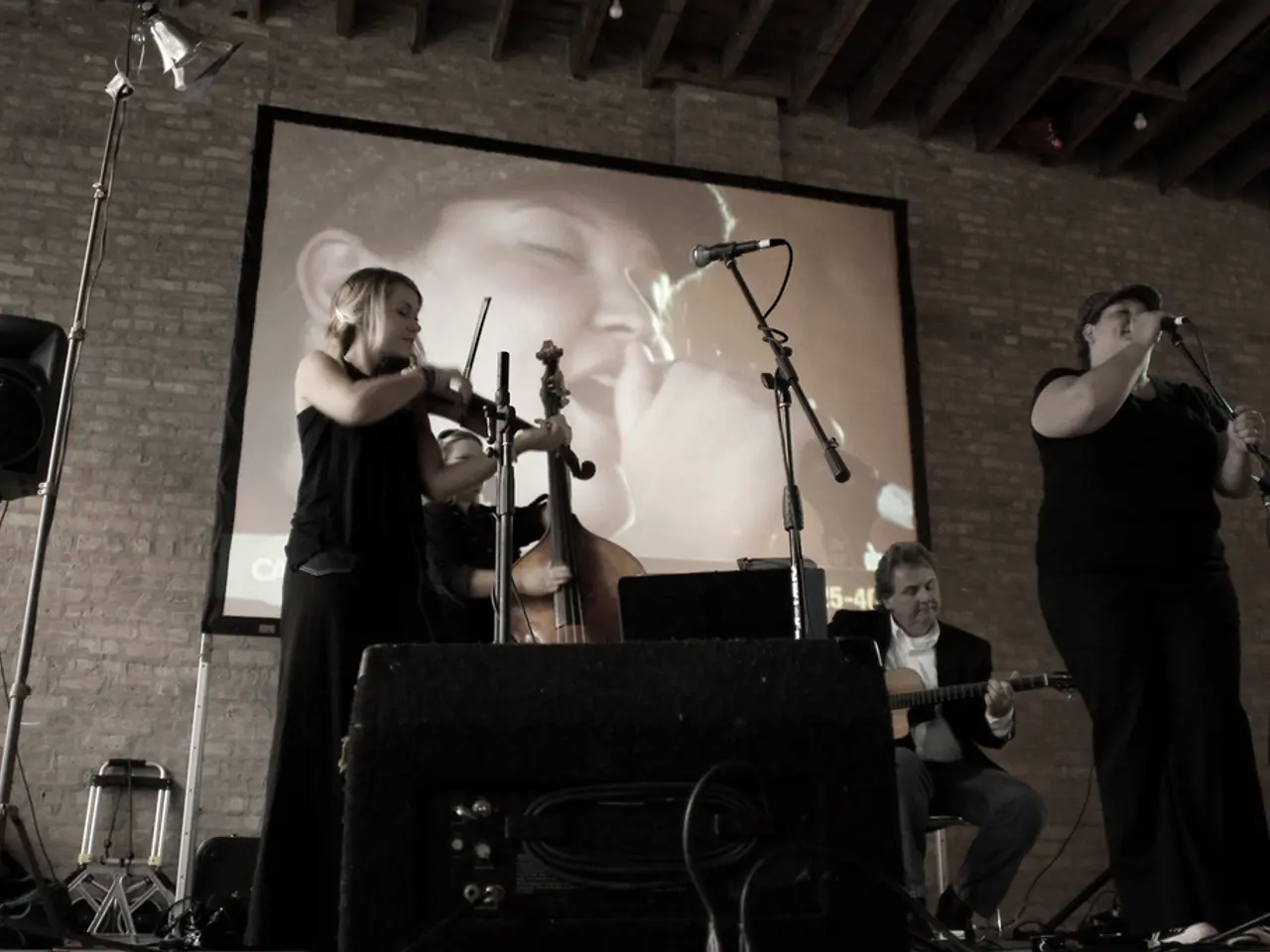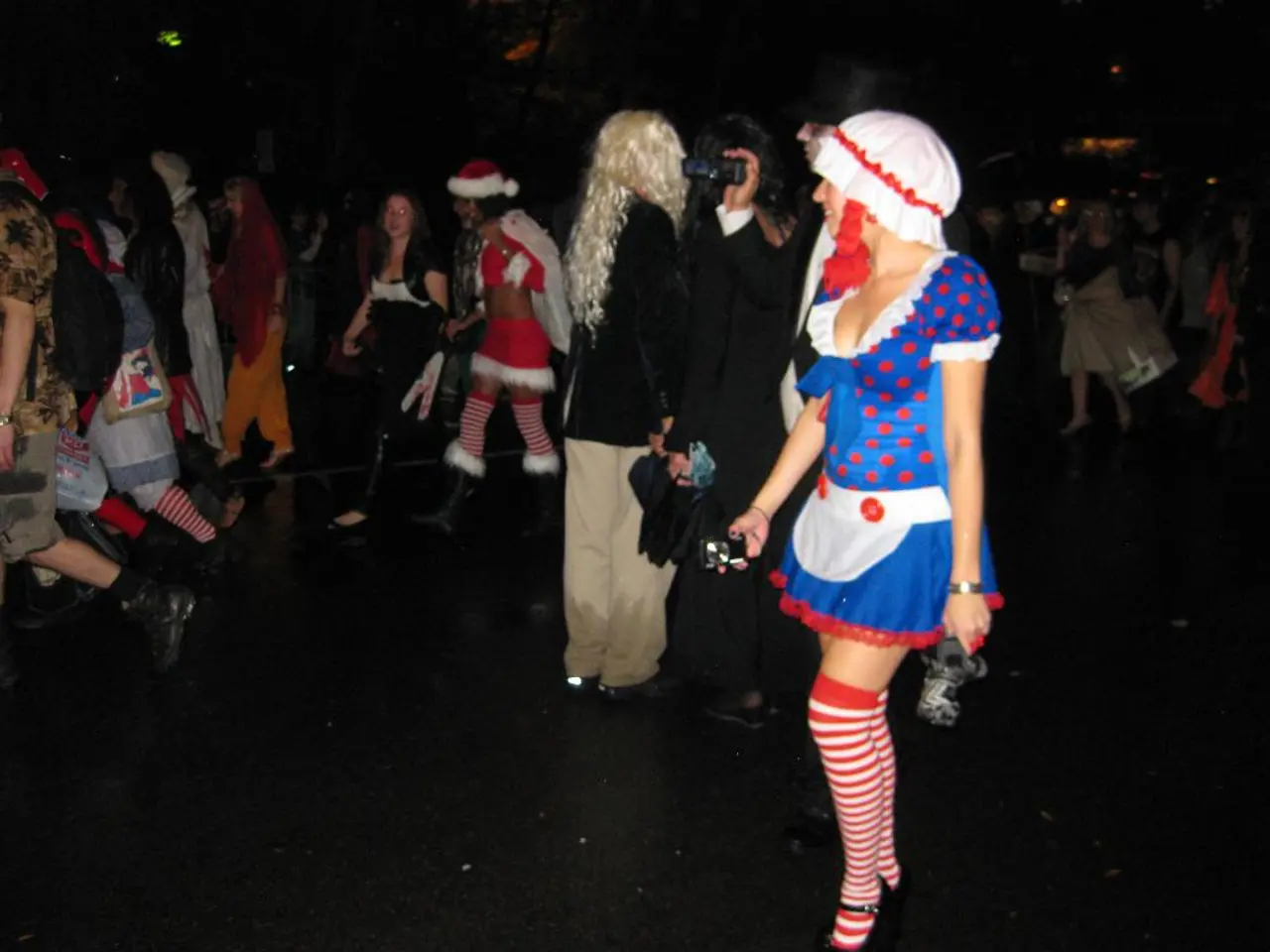Medieval heartthrobs: Charming minstrels captivated both the medieval world and its female population
The Troubadours: Poets and Musicians Who Revolutionized Love and Culture
In the heart of medieval Europe, during the 12th and 13th centuries, a group of poet-musicians emerged, transforming the cultural landscape with their lyrics of love, desire, and social virtues. These were the troubadours, originating from southern France, specifically from the region of Occitania.
Origins and Evolution
The troubadours first appeared in southern France around the late 11th century, marking a departure from previous Latin literary traditions. Instead of Latin, they composed their poetry in Occitan, the vernacular language of the region, signifying a shift towards secular and personal themes. Many troubadours were nobles or retainers of nobles, but some were entertainers or thinkers who traveled between courts.
Shaping Cultural Identity and Ideals
The troubadours had a profound impact on the cultural ideas of romantic love, virtue, and social identity, particularly among the medieval nobility. They popularized the concept of courtly love, an ideal that emphasized nobility, devotion, and ritualized service to a lady. This new ideal elevated love as an emotion linked to chivalry and personal honor, extending nobility not just by birth but by behaviour, character, and artistic expression.
The Legacy of Courtly Love
The troubadours' work echoed through the codification of courtly love's "rules," later formalized in texts like Andreas Capellanus' De amore. Their poetry emphasized themes of longing, virtue, and sometimes unrequited or adulterous love, which became foundational to the Western literary and cultural understanding of romance. Courtly love was linked to a "gynocentric" cultural complex where women were elevated to a position of power and reverence in romantic relationships.
Beyond Poetry: Influence on Music, Court Life, and Entertainment
Beyond poetry, the troubadours influenced music, court life, and the social function of entertainment. They contributed to a broader vernacular literary tradition that influenced later medieval and Renaissance writers who further expanded the language of love and romantic ideals.
In summary, the troubadours were central to the development of medieval European culture by popularizing and shaping the ideals of courtly love and romantic expression, linking them deeply to social identity, chivalry, and the nuanced dynamics of gender and power in medieval society. The image of the poetic outsider, the artist-lover, admired and misunderstood, is a significant legacy of the troubadours.
Troubadours' influence extended beyond poetry, manifesting in the evolution of music, court life, and entertainment. Their compositions paved the way for a more personal and secular approach to art, revolutionizing the lifestyle within medieval Europe.
The troubadours' legacy in medieval history lies in shaping the cultural identity and ideals, particularly the concept of courtly love, which elevated love and romantic ideals as an expression of personal honor and social status.





